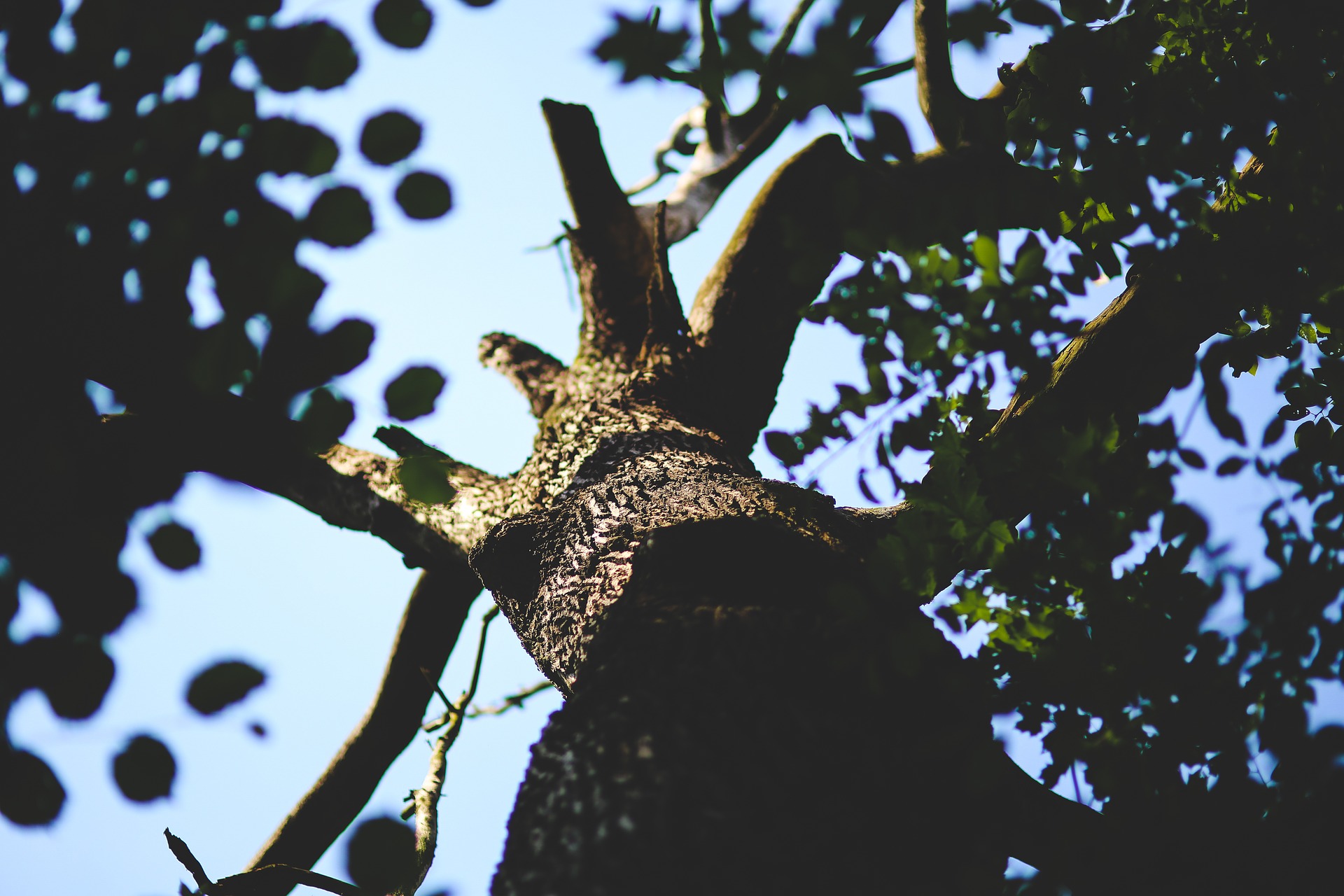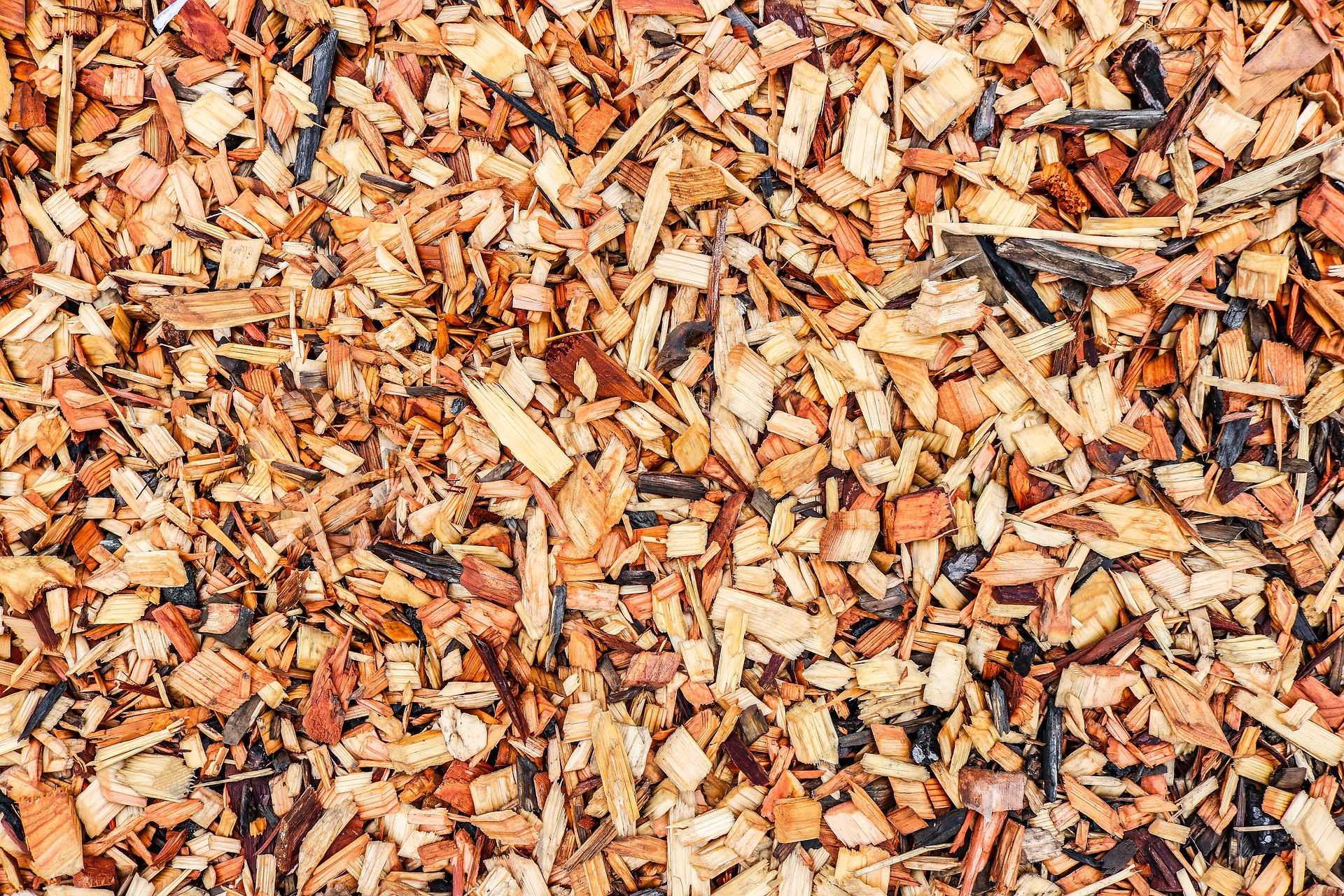
Common Landscaping Injuries and How to Avoid Them
January 31, 2020
Some Aggregates to Consider for Your Landscaping
January 31, 2020Water is without a doubt one of the most important keys to landscaping success. This crucial element can help you grow an outdoor oasis and achieve all of your landscaping goals if you get it right. The problem for many landscapers is that they are always struggling to figure out the best time to water their plants and how much water is necessary. Each landscape is different and contains different species and varieties of plants, so it’s important to keep in mind that your watering habits will be different from someone else. Too much water can be a very bad thing for the overall health of your landscape. Some landscapers learn this lesson the hard way, while others figure it out through trial and error.
If you are truly serious about becoming a great landscaper, you need to learn when to recognize issues that are occurring with your plants. Whenever people notice that their plants seem to be struggling, the first thought that comes to mind is that they are not getting enough water. Sure, this can be true if you are in the heat of the summer and dealing with drought restrictions in your area. However, oftentimes the reason that plants struggle has to do with them getting too much water. That’s right, overwatering your plants can be very detrimental to your landscaping and can result in dead and wilting plants if you aren’t careful. We want you to avoid overwatering your plants, which is why we’ve put together an article that details how to recognize when your plants are getting too much water. Keep reading below to learn more and remember to reach out to Cal Blend Soils for all of your landscaping supply needs.
Signs of Overwatering Your Lawn
Keeping track of your lawn is absolutely essential for your landscaping goals. There’s nothing worse than heading outside to notice a huge brown spot on your grass. It can be truly challenging to maintain a lawn that you are proud of, but your efforts will not go unnoticed. A great looking lawn can increase your curb appeal and make your property look truly spectacular. That’s why you need to spend some time figuring out the right amount of water for your lawn. Too much water will oftentimes lead to serious lawn issues. You already might be watering your lawn every single day, which is not usually the best approach since it doesn’t ever allow your lawn to dry out.
Some of the things to look out for if you think you might be overwatering your lawn include a spongy and soggy feel when you are walking on it. Grass needs to absorb water through its roots. If there is too much water it can lead to pooling and a soggy overall feel. This can lead to even more problems like fungus, pests, and weeds if you aren’t careful. It’s always a good idea to water your lawn first thing in the morning so that it will have time to soak up everything prior to the end of the day. You should also look out for things like ring spots and brown patches. These are classic symptoms of overwatering and should be dealt with quickly to avoid letting the damage get worse.
Signs of Overwatering Your Plants
Plants are a very delicate life form that requires a specific amount of nutrients and water to thrive. If you are overwatering your plants, the chances are good that you will be causing them harm. The good news is that signs of overwatering your plants are fairly easy to recognize. That means you can notice the signs quickly and react in a way that allows you to correct your watering habits. One thing to look out for is when water pressure starts to increase. You can see this when your plants begin forming blister-like areas that look similar to lesions. These lesions will erupt and your plant will then start exhibiting tan and brown growths. Make sure you keep an eye out for this concerning symptom of overwatering your plants.
Also, if you notice that your plants are brown or are wilting, there’s a good chance it is being caused by overwatering. You should also be on the lookout for old and young leaves that are falling prematurely on your landscaping. Leaves are a great way to judge the overall health of your plants and trees, so keep an eye out for yellow or brown leaves. The root systems of your plants just might be the most important thing to keep an eye on. Overwatering can wreak havoc on your plant’s roots and cause root rot. This is a fungal disease that will result in the roots of your plants turning grey or brown. This occurs when the soil has so much water density that the roots aren’t able to breathe.
Overwatering your plants is never a good thing. For many, it can be difficult to understand just how much water your plants need to survive. This is especially true for landscaping beginners, but it doesn’t have to hold you back from achieving your landscaping goals. We know that water is important for all of the plants on our property, which is why it’s so easy to overwater things. However, you can rest assured that too much water will prevent you from getting your property to look the way that you want it to. Try to assess how your plants are doing and regularly review your watering habits to stay on top of any potential issues like those mentioned earlier.
Keep the signs mentioned above in mind to avoid overwatering your plants and lawn. Also, remember that conserving water is great for the environment and can help you save money on your water bills. Try to be conservative with your watering habits, especially if you notice that your plants seem to be having trouble with growth.


